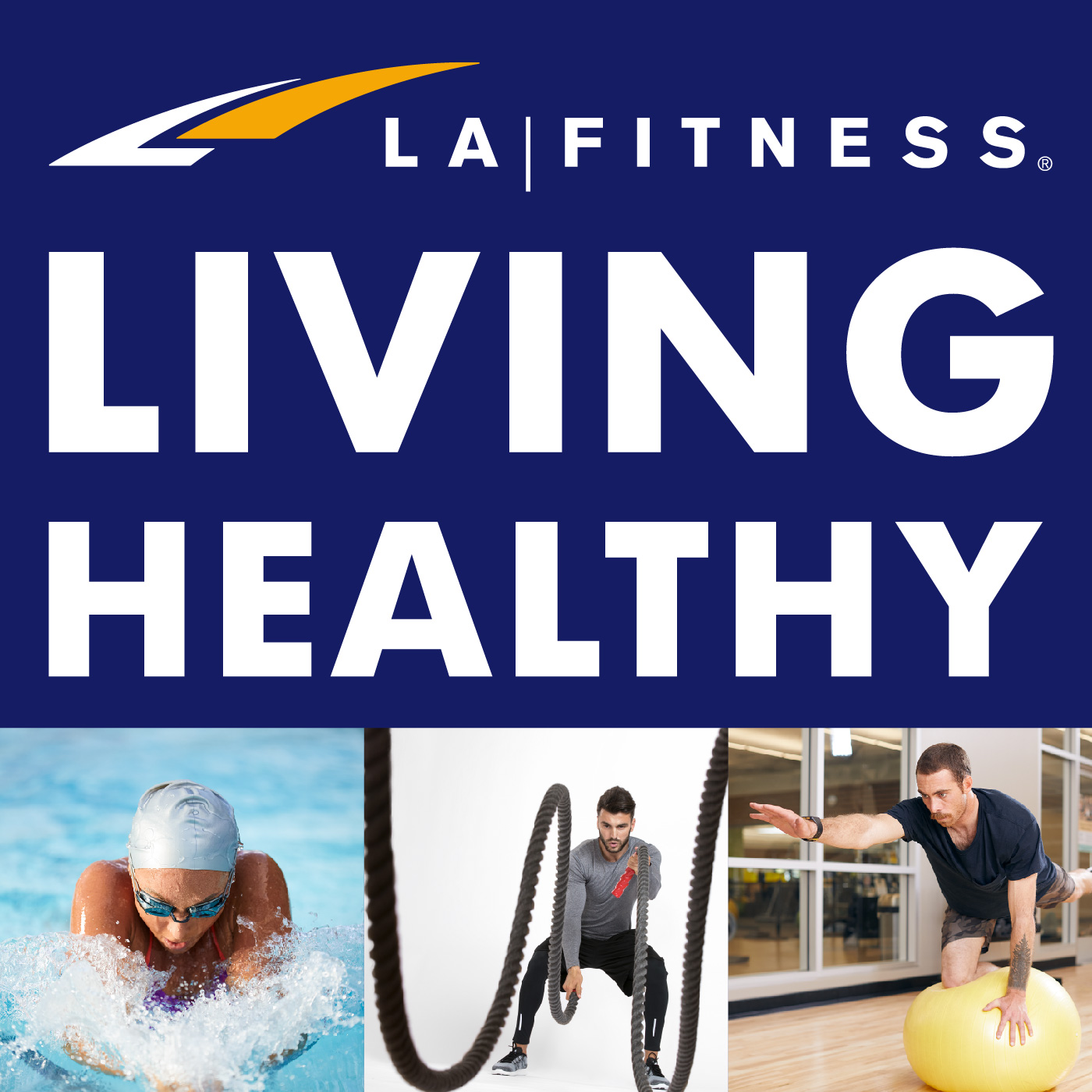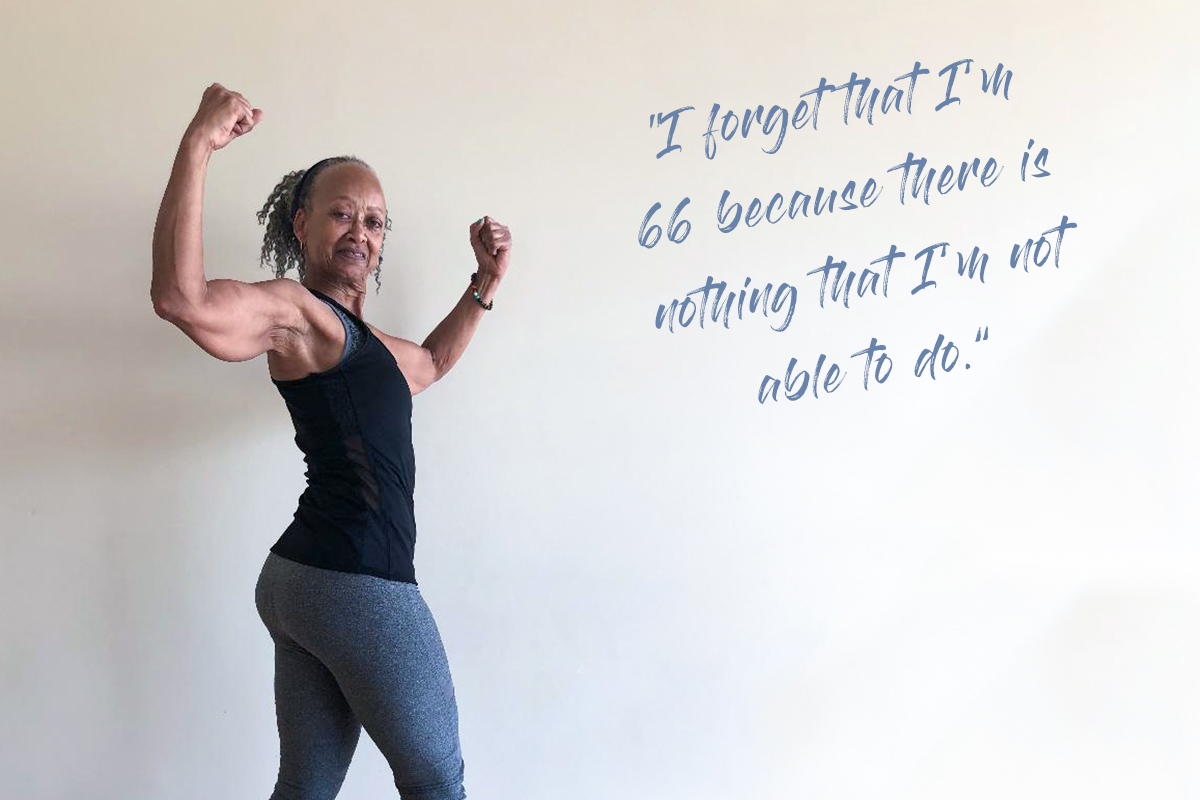If you need to go gluten-free, Healthline explains that the easiest way to avoid gluten is to eat unprocessed, single-ingredient foods. This means you should avoid foods like bread, pasta, cereal, cookies, muffins, pizza, crackers, and certain beverages like beer. You should also avoid foods made or topped with soy sauce, teriyaki sauce, hoisin sauce, certain broths or marinades, and even some salad dressings.1
If you are going to consume grains, you are encouraged to stick to foods like quinoa, rice, buckwheat, tapioca, corn, and gluten-free oats.1 To be extra-safe, check the packaging for a “gluten-free” label on these items because many foods that are naturally gluten-free (like oats) may still be contaminated with gluten because they are processed or packaged in the same facility as gluten-containing products.
The lists go on for both the do’s and don’ts of gluten-friendly dieting, so be sure to check with a reputable source for a more complete list of foods.
Do you have any tips or tricks for gluten-free dieters? Share your thoughts in the comments below! For more articles like this one, subscribe to our newsletter to receive monthly highlights from the Living Healthy Blog.




 Have a nutrition question? Our registered dietitian is ready to help!
Have a nutrition question? Our registered dietitian is ready to help!









